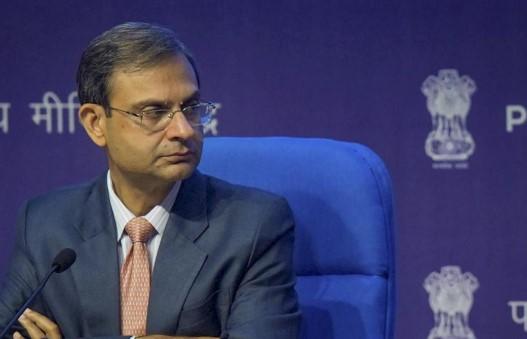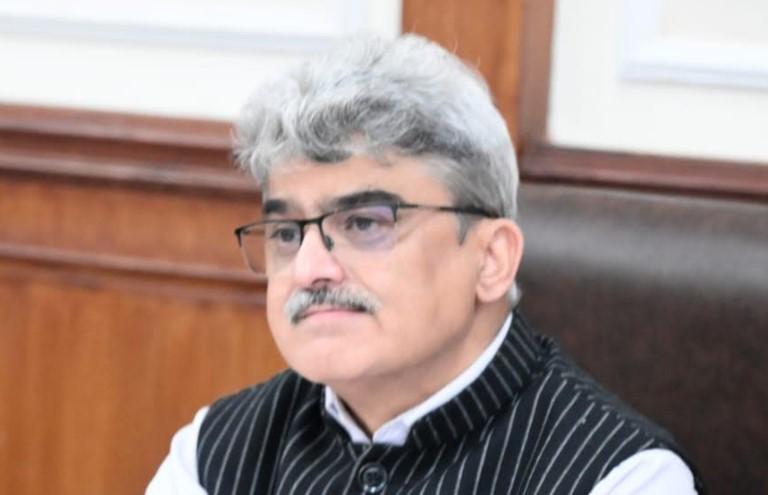The regulatory move to allow banks to fund mergers and acquisitions is aimed at supporting the real economy, Reserve Bank Governor Sanjay Malhotra has said.
Last month, the RBI announced a raft of measures and intentions, including allowing banks to fund domestic acquisitions, permitting foreign borrowings for the real estate sector, and raising the cap on loans for buying shares through IPOs. These steps were part of broader efforts to boost bank lending in Asia’s second-largest economy.“These measures come, as you are aware, with guardrails—such as limiting bank funding to 70% of the deal value and setting limits on the debt-to-equity ratio—which will ensure safety while allowing banks and their stakeholders to benefit from additional business,” the RBI chief said while addressing a State Bank event in Mumbai on Friday.Stating that the RBI is moving with caution, Malhotra said the need for courage had prompted the easing of bank norms. He made it clear that while the Reserve Bank continues to act cautiously, the decision to relax certain regulations reflects a willingness to display courage in policy reform.
The liberalisation of external commercial borrowing (ECB) norms, he said, comes amid a strengthening external sector and strong capital inflows, describing it as a “natural step” in the country’s financial evolution.
According to Malhotra, RBI projections indicate that capital flows will remain “quite strong” for the remainder of the fiscal year.
On the move to allow real estate companies to borrow from abroad, the governor clarified that the ECB route will be permitted only for projects compliant with foreign direct investment (FDI) norms and will remain prohibited for speculative activities or land purchases.
He added that the RBI is striving to make rule-making more open, data-driven, and evidence-based, following public consultations and impact assessments.
Malhotra emphasised that the higher responsibilities now placed on banks stem from their improved performance and governance, noting that the central bank has sufficient tools to rein in any errant behaviour.He further said that the RBI does not wish to micromanage, as no regulator can or should substitute for boardroom judgment. Each case, he stressed, must be assessed on its own merit.“We need to allow regulated entities to take decisions based on the merits of each case, rather than prescribing a one-size-fits-all rule,” he reiterated.
Since assuming office, Malhotra has underscored the importance of simplifying regulations to improve ease of doing business, while also accounting for the cost of regulation before introducing new measures.
“While we move with caution, we need to display courage,” he said, explaining the rationale behind the recent policy actions.Malhotra cautioned that compromising financial stability in pursuit of short-term growth could have long-term costs. The central bank, he added, must maintain a balance by being mindful of the broader economic context.
“Economic interest warrants increasing efficiency and promoting innovation, which is also the RBI’s duty. We recognise that just as there are no free lunches, regulation to enhance stability too is not devoid of costs,” he said, adding that the recent changes are incremental and do not represent a radical overhaul of existing norms.“All these measures are balanced and appropriate, built on the bedrock of a banking system that has been systematically fortified over the last decade, with financial stability remaining the unwavering cornerstone of our policy architecture,” he stated.
Quoting from Shakespeare’s Romeo and Juliet, the governor said the central bank would “go wisely and slow,” warning that running too fast may lead to stumbles. Flagging potential risks, he noted that dangers are inherent in life and exist even in routine activities.
Comparing the regulator’s role to that of a gardener, Malhotra said a central bank, too, monitors growth and prunes unwanted elements to “shape a collective, orderly, and beautiful garden.”
He added that the RBI has several tools at its disposal—such as adjusting risk weights, revising provisioning norms, and implementing counter-cyclical buffers—to contain emerging risks. He cited the increase in risk weights on unsecured lending in November 2023 as an example.
Additionally, the RBI can deploy supervisory measures to moderate unsustainable growth, he said, noting that many of the proposed changes have been issued as draft norms and will be finalised after incorporating stakeholder feedback.
Explaining the rationale behind plans to enhance limits for lending to individuals against securities and to rationalise norms for lending to capital market intermediaries, Malhotra said these are part of a normal review process. At the same time, retaining regulatory limits on equity instruments recognises the fundamental difference between equity and debt from a risk perspective.
He emphasised that only listed, investment-grade debt securities would be eligible as collateral for such loans—highlighting the regulator’s cautious approach toward credit risk exposure in the banking system.
Complimenting SBI’s remarkable growth in recent years, Malhotra noted that the bank’s turnaround from losses in 2018 to a $100-billion market valuation reflects a decade of regulatory and structural reforms. These include the bankruptcy code, the asset quality review of large corporate accounts initiated in February 2015, and the prompt corrective action framework, which compelled banks to recognise the true state of their loan books and bring hidden NPAs onto their balance sheets. Bank consolidation also played a key role, he added.
“The SBI chairperson just mentioned that in 2018, the bank was in loss—and today, it is a $100-billion company,” he said.
Malhotra emphasised that the introduction of the Insolvency and Bankruptcy Code (IBC) in May 2016 and the resolution mechanisms established under the new framework have fundamentally transformed India’s credit culture. These measures, he said, encouraged greater borrower discipline and improved asset quality across the banking system.
He also highlighted that major reforms—such as the adoption of the flexible inflation targeting regime, the deepening of forex markets, and the gradual liberalisation of the capital account—have strengthened both monetary and macroeconomic stability.




